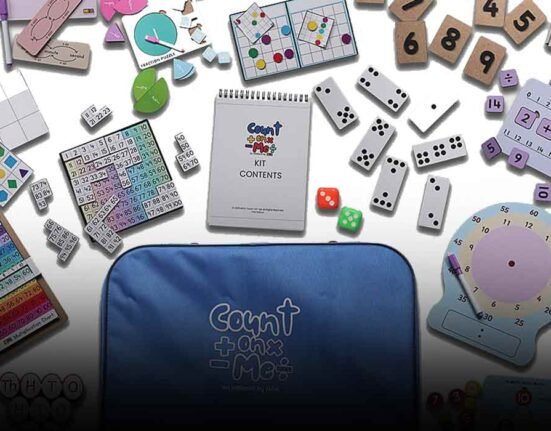For the Indian Institutes of Technology (IITs) placement season of 2023, early indications appear to be promising. Still, it’s not uncommon to find oneself gazing at an unclear future and feeling stressed throughout placement. As a stress-relieving strategy, the Student Wellness Centre (SWC) of IIT-Bombay has established a ‘Recharge Zone’ for the placement season, which started on December 1. Students in the recharge zone have access to various stress-relieving activities such as foot spas, art therapy, yoga, and pet therapy. For example, children are welcome to just come and give hugs to the two trained pet dogs that are stationed in the zone.
Additionally, students are welcome to come sketch and chat with therapists; by analyzing the drawings, the therapists can gain insight into the mental health of the kids.
Why did the “recharge zone” come about?
During placement season, counselors saw an increase in the number of students requesting counseling visits; this led them to initiate the ‘ recharge zone’ project. During one of our brainstorming meetings, the notion was put out. It’s widely acknowledged that the placement season is quite stressful. There are many ups and downs, and in some situations, the waiting time is lengthy, even though most students are finally placed. A sort of crisis is also present. Stress, worry, and despondency are there.
Some techniques that can help to overcome stress
It is common knowledge among students that they require stress relief. But with everything that a student has to do, it may occasionally be challenging to find the time to experiment with different stress relievers to assist in reducing that tension.
Get enough sleep:
Research suggests that sleep deprivation and daytime sleepiness are also linked to impaired mood, higher risk for car accidents, lower grade point averages, worse learning, and a higher risk of academic failure. Don’t neglect your sleep schedule. Aim to get at least 8 hours a night and take power naps when needed.
Use guided imagery:
To help anxious kids manage their academic, social, and other pressures, guided imagery can also be a helpful and efficient technique. By using visualizations, you may lessen your body’s stress reaction, relax, and distance yourself from the source of your stress. By shutting your eyes, sitting in a quiet, comfortable spot, and visualizing a serene environment, you may utilize guided imagery to help you relax. Take a few minutes to unwind and relish the mental glow of your peaceful image.
Exercise regularly:
According to research, students who engage in regular physical activity report feeling less stressed overall. Although these children face the same social, intellectual, and personal obstacles as their less-involved peers, these difficulties are simpler to handle and feel less stressful.
A few exercises can be:
- Yoga practice in the morning
- Cycling or strolling to class
- Studying for exams with a pal while using the gym’s treadmill
- Enrolling in a gym option that emphasizes recreational sports or fitness
Take calming breaths:
You’re not always thinking as clearly as you could be when your body is in a stress response. It’s also conceivable that your breathing is incorrect. You may be breathing shallowly and quickly. The way you breathe affects how your body exchanges carbon dioxide and oxygen.
Breathing exercises are a fast technique to de-stress. These are quick and easy ways to decompress in almost any location.Breathing exercises are a fantastic approach to manage instances of acute stress, such the just before a test or presentation, because they are quick to take effect.
Practice Progressive Muscle Relaxation (PMR):
This method achieves total relaxation of the body by tensing and releasing all muscles. With practice, individuals can quickly learn to release tension from their bodies. Students might find this particularly useful, as they can modify it to aid in pre-sleep relaxation techniques for achieving a more restful sleep.
When used skillfully, PMR can be a rapid and convenient method to promote calm in any stressful circumstance. Examples of such situations include brief panic attacks prior to an exam or speech, resolving conflicts with roommates, or getting ready to meet with your academic advisor about an issue.
Listen to Music:
Studies have indicated that listening to cheerful music can enhance memory and processing speed. Students who are under stress could find that their bodies and minds can relax by listening to soothing music. According to one study, pupils who listened to calming music were able to recover from stressful situations faster . Students can use music to their advantage by listening to classical music while studying, energetic music to “wake up” mentally, or mellow music that they enjoy.
One might be able to react more skillfully if one becomes more conscious of your feelings at the time.
Developing mindfulness entails increasing one’s awareness of the here and now. The objective is to concentrate on the present, increase your awareness of your feelings, watch your reactions, and accept these sensations without criticizing them—instead of criticizing, responding, or avoiding problems.













Leave feedback about this